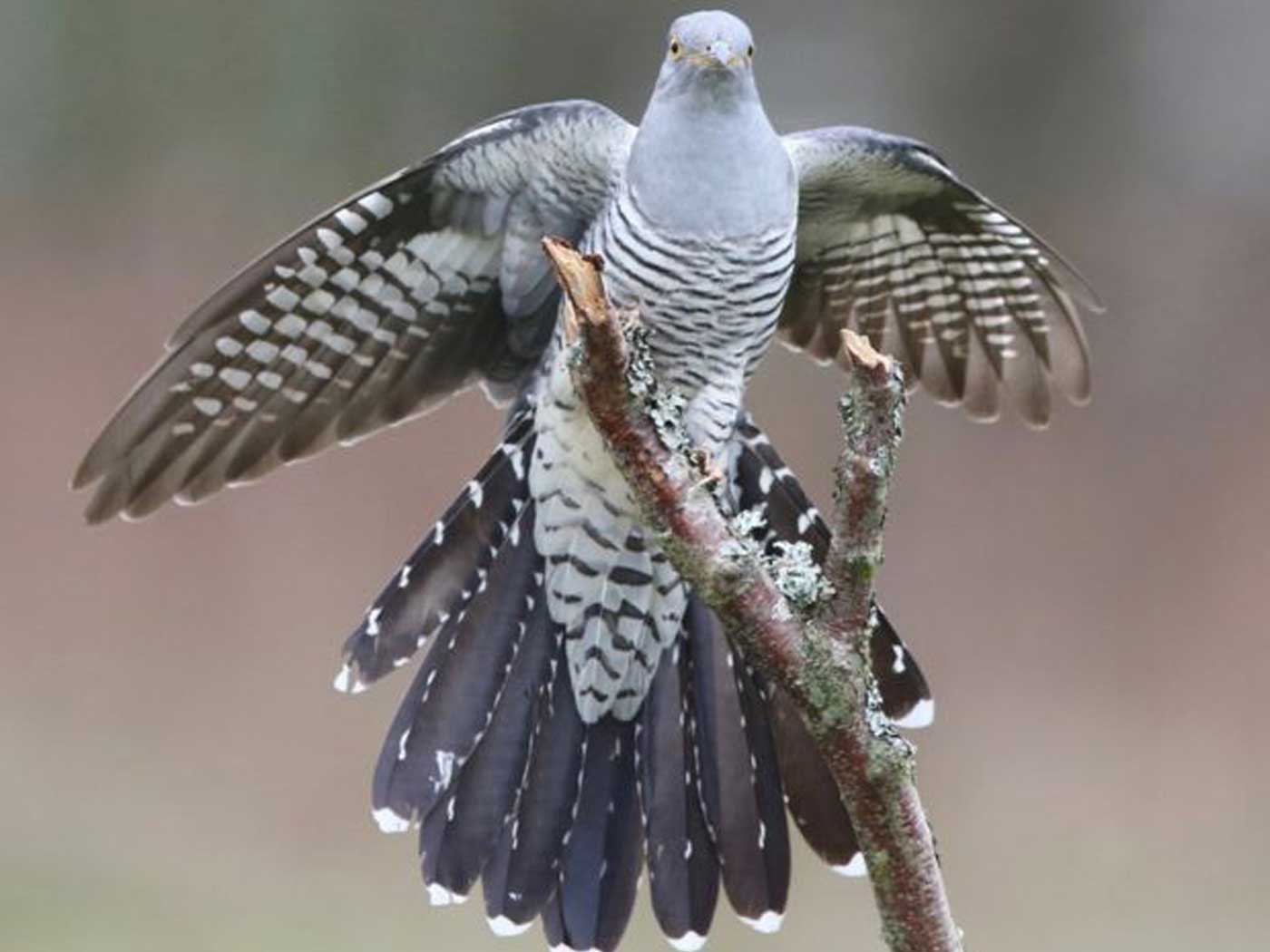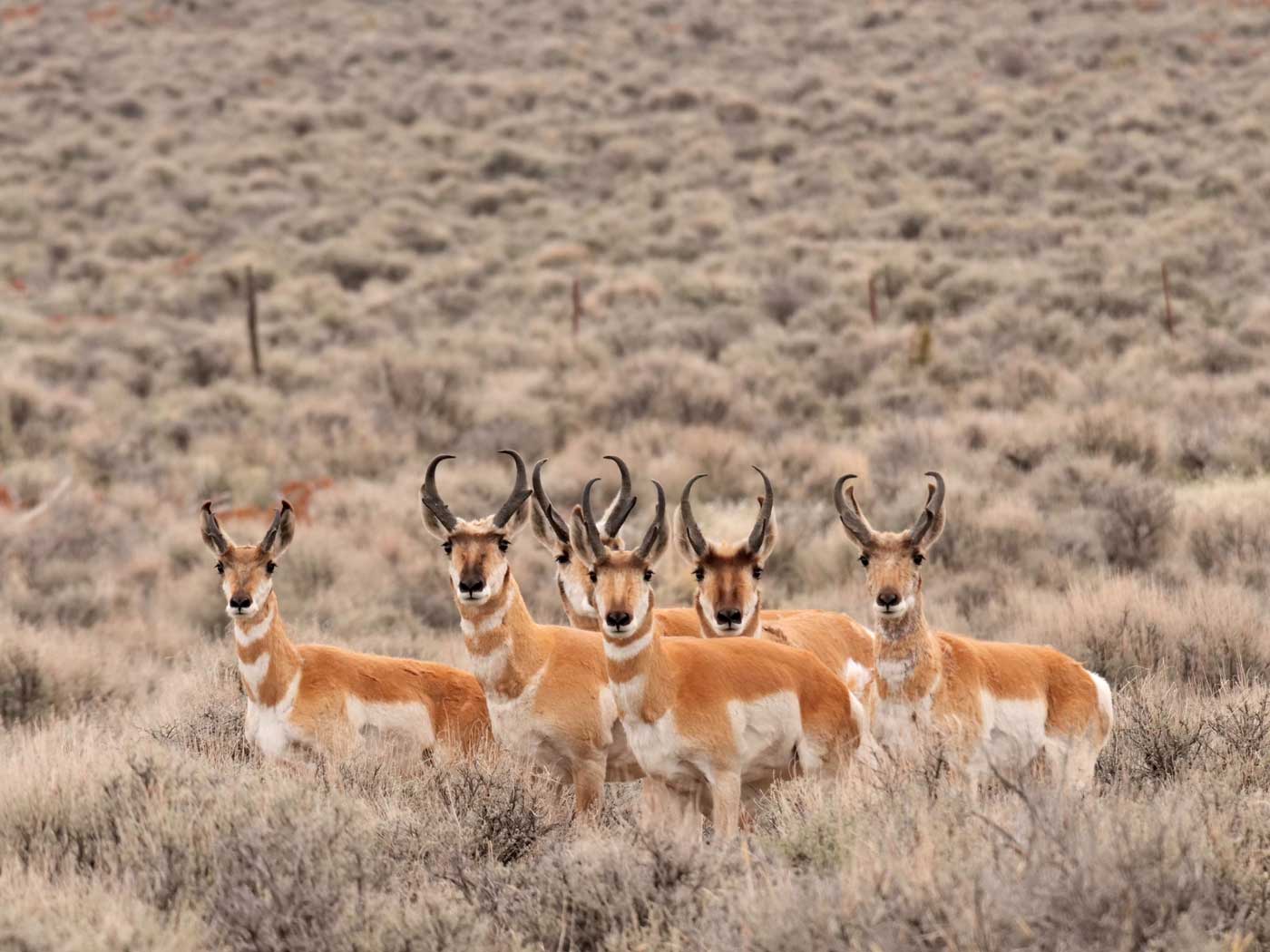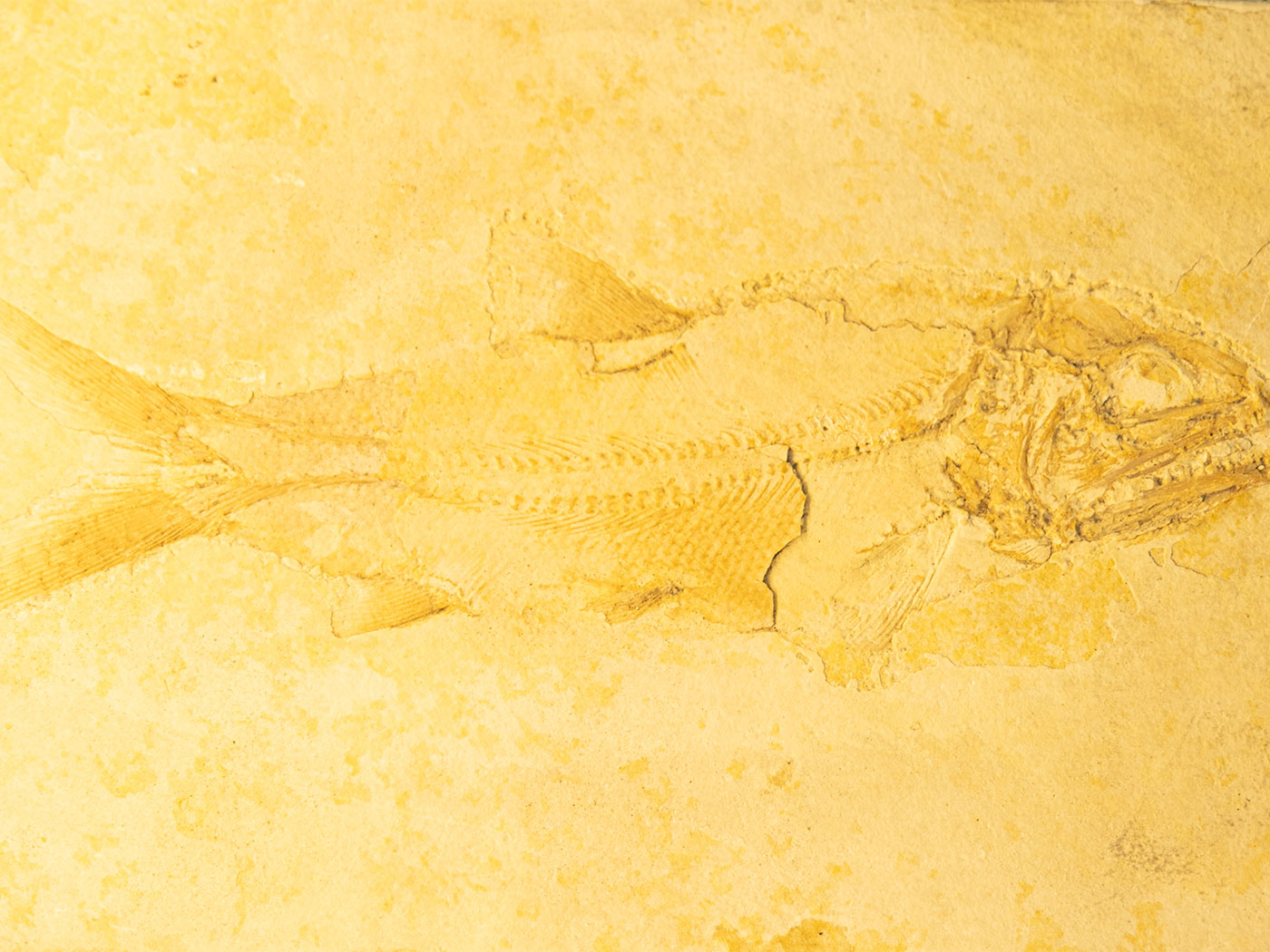To the untrained eye, certain butterflies can look essentially identical to corresponding varieties of another species. This way they can evade predators, who won't eat them because the insects they're copying taste terrible.
Biologists since Darwin's time have wondered how these butterflies can so closely mimic the wing and body coloration patterns of an unrelated kind. Now, an international team of researchers has sorted out the genetics, and what it found was not at all what was expected.
Publishing online in the journal Nature, the team found that the varieties of color patterns in butterflies of the genus Heliconius corresponded perfectly with single DNA base differences found in a special set of genes called a supergene. This supergene, named P, consists of only a few gene sets that are shuffled in discrete patterns. Different generations can variously deploy differently ordered gene-blocks so that a single kind can express different color patterns using the same DNA. "Analyses of 31 individuals of four morphs [varieties] revealed a complete association between alternative rearrangements and specific wing-pattern phenotypes," according to the study authors.1
Lead author Mathieu Joron told the international news agency AFP, "We were blown away by what we found." The supergene system was so "astonishing" and "amazing" that it looks like "the stuff of science fiction."2
The reason this supergene appears so amazing to evolutionists is because it is too well-organized to be a product of blind, unthinking evolution. But it does make sense if a Mastermind designed this genetic switching system to enable butterflies to express near-perfect mimicking patterns…not after millions of years of evolutionary trial and error, but in a single generation!3
The study authors admitted, "The origin and maintenance of adaptive multi-locus polymorphism [shuffling sets of genes] in the face of recombination is a longstanding puzzle in evolutionary biology," meaning that nobody knows how unguided nature could have built such elegant genetic operations, let alone maintained them for a "100 million years of evolution."1
The study authors questioned the origin of the supergene structure that they discovered. Did the genes evolve first separately and then become organized into the highly structured and effective supergenes that exist today, or did a cluster of genetic precursors organize into supergene structures and then evolve from there into their current forms? Either scenario requires useless genetic sequence hanging around for vast time spans…a faith-based idea with no scientific support.
The researchers suggested that the genes evolved first and later organized into the supergene system, but this is similar to looking at a computer keyboard and deducing that its keys started out in a jumbled pile and then self-assembled. Individual genes are already too complicated for any chance process to manufacture, let alone supergenes.
The new study did help solve this "longstanding puzzle," though not in the way the researchers indicated. Such effective all-or-nothing programming as that found in these mimicking butterflies could only have come about through the work of a master Programmer.
References
- Joron, M. et al. 2011. Chromosomal rearrangements maintain a polymorphic supergene controlling butterfly mimicry. Nature. Published online August 14, 2011.
- 'Supergene' is key to copycat butterflies. AFP. Posted on physorg.com August 12, 2011.
- Thomas, B. Butterfly Mimicry Is Based on Elegant Genetic Switches. ICR News. Posted on icr.org March 18, 2010, accessed August 15, 2011.
* Mr. Thomas is Science Writer at the Institute for Creation Research.
Article posted on August 19, 2011.























